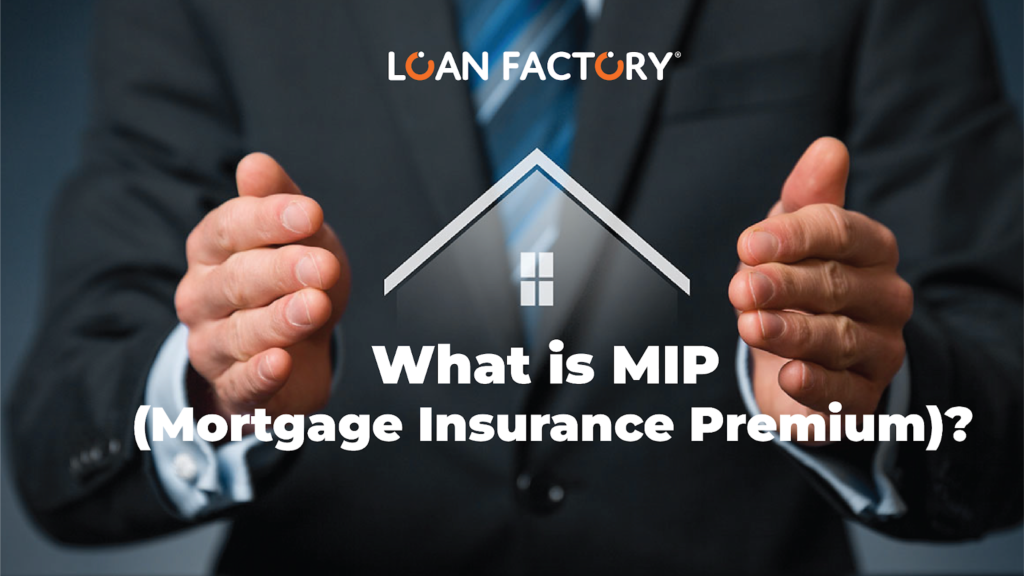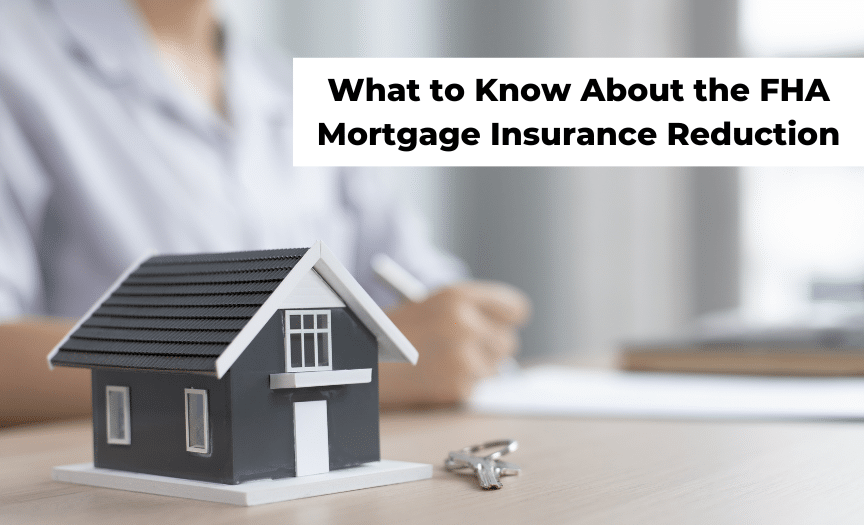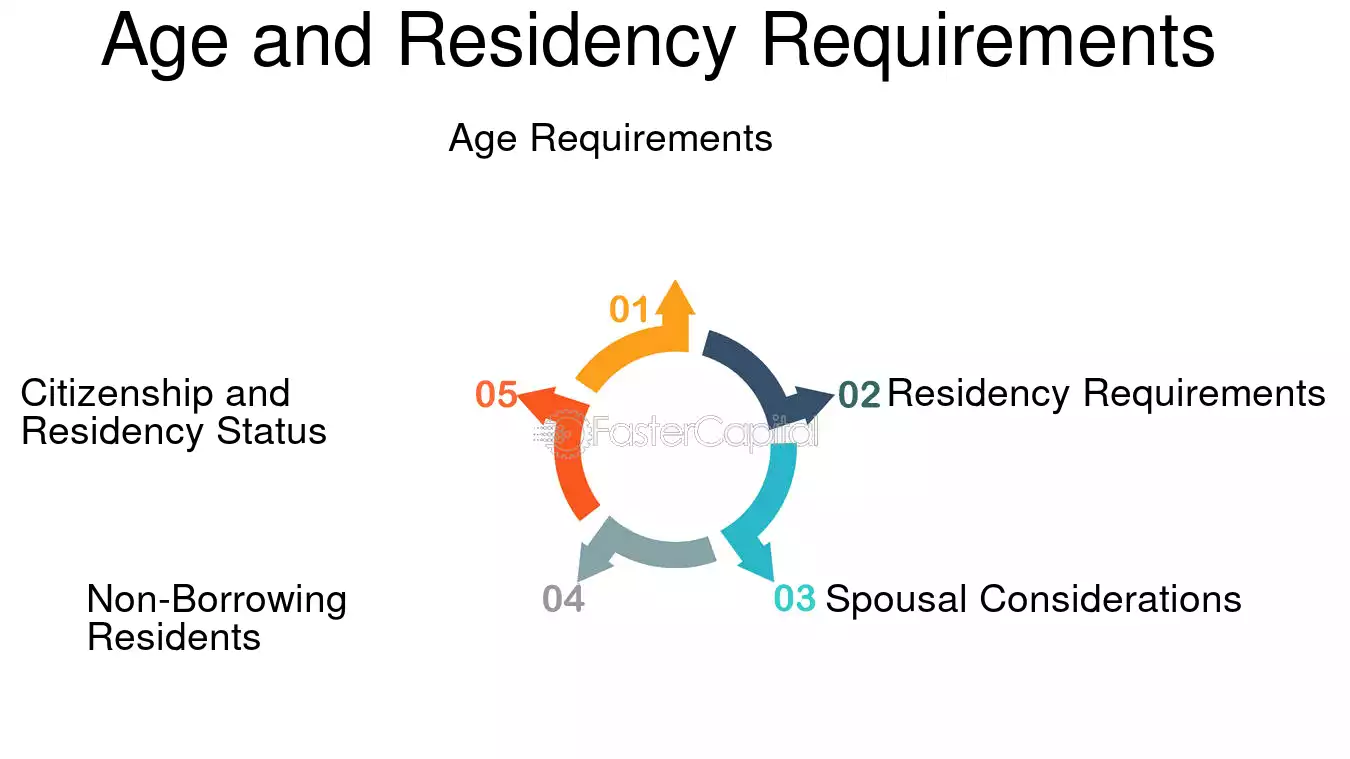FHA MIP protects lenders from loss resulting from defaults on mortgage loans. It requires Mortgage Insurance for every borrower, regardless of the amount of down payment and annual see this place. Buying a home in Texas is an important milestone, but getting there can be challenging. When it comes to securing your mortgage, where you choose to buy will affect the amount you pay for your loan and the amount you pay for it.

For those looking to obtain a mortgage, if you are going through the Federal Housing Administration (FHA) program or other lenders working with Mint Capital earlier, updated info will help guide your financial products here. Texas residents who are contemplating a home purchase should consider FHA MIP to understand what it may mean for their loan terms, eligibility, or both.
FHA MIP up Front
FHA loans come with a 1.75% upfront charge of your loan amount, known as an upfront Mortgage Insurance fee from the lender, which is added to the base loan. If you qualify for an FHA loan MIP, this could be included in your monthly mortgage payment or paid upfront at closing.
FHA MIP Annually
This is just one premium tied to an FHA home loan. MIPs Mortgage Insurance Premiums Loan-to-Value LTV may change annually. The FHA MIP is like private mortgage insurance (PMI) for conventional loans in that it is both temporary and an additional fee. Your annual MIP may go down automatically at 22% equity.
| Loan Amount | LTV | MAP |
| $726,200 | >90% | 50 bps (0.50%) |
| $726,200 | 90% > 95% | 50 bps (0.55%) |
| $726,200 | >95% | 55 bps (0.55%) |
| $726,200 | 90% > 95% | 70 bps (.70%) |
However, this no longer matters regarding how long Mortgage Insurance premiums are collected for those with FHA loans issued after 2013. Instead, your annual FHA MIP mostly depends on the size of your down payment. The borrower will pay an annual MIP on top of the PMI when a down payment is less than 10% annually, typically for as long as you have that loan. If you put down at least 10% in that time frame, your FHA MIP will be waived after the first 11 years.
How Much Is FHA Annual Mip
The size of your FHA loan, its term, and LTVs will also affect it. Most borrowers should expect to be required to pay an annual charge of 2024.55% off the total loan amount starting around that time frame. I think maybe at higher levels than they were before, for planning purposes only nor can any changes in MIP impact already-filed DTAs.
That is a major fall from previous years. MIP was 0.85 percent a year before March 2023. The reduction is expected to save homeowners with traditional FHA loans around $900 in fees each year, a significant amount that can help lower the cost of homeownership.
Is it Possible to Remove FHA Mortgage Insurance
If you originated your MIP, it is removable. However, if your origination date falls within the following ranges, you will not be capable of waiving FHA Mortgage Insurance premiums July 1991 December 2000. Before June 3, 2013, when you reached that magical day in which your house equity was or surpassed 22 percent, the loan-to-value ratio (LTV) hit or breached past over 70.
You will stop making MIP payments only after 6/3/13 once your loan is completely paid. If you put down a 10%+ payment, it will be removed after 11 years. As soon as you’ve paid off 20% of your home, shop around for a mortgage that isn’t an FHA loan.
An Examination of FHA Loans
The FHA loan program was created to help the most significant number of Americans particularly first-time home buyers achieve home ownership with assistance from the Federal Housing Administration. If you read anything about these loans, as you might if this is the only way for some people to get out of having an appropriate passing on a conventional loan that typically has stricter credit score standards, then it sure adds definitions to say their low down payment entry method could also be considered famous.

However, there is one hidden cost associated with an FHA loan Mortgage Insurance (MIP), which comes in the form of both upfront and annual MIP Premiums. Both are categorized as MIP, which means they offer lenders an additional layer of protection against loss in the event the borrower defaults, but they have different impacts on how much a borrower will ultimately pay.
Texas FHA MIP
This one-time expense is the UFMIP, which home buyers pay at closing. The UFMIP is typically 1.75 percent of the total amount for FHA loans. Even if the loan is due, you can pay off your entire balance or part of it ahead of time. The alternative to the first scenario is much more palatable for borrowers who do not have thousands of dollars at their disposal to pay in a lump sum closing cost payment, but unfortunately, it will add money to your loan balance and raise your monthly payments.
MIP Annually
Yearly, an FHA-insured home can devise in your get nearer doing you expect over the following dressed to go to the house, or lane sob schedule some tips on x numbers of lifestyle, which is frequently more costly than a cold MIP. The mortgage is financed at a slightly higher typically 1/8 to ¼ percent interest rate than the market, and it is covered by this additional premium that goes into their monthly payment.
For FHA loans, the annual MIP is typically between 0.45% and 1.05% of the loan amount. For a $300,000 loan and an annual MIP of 0.85%, that’s approximately $2,550 per year.
Texas MIP Rate Determining Factors
There are MIP rates that a borrower is going to be charged with specifically, and it all hinges on things such as. MIP is generally more expensive the longer your loan term 15 to 30 years.
I need to Tips up the Front End
You would only be paying an annual MIP for a larger down payment. FHA loans would require 11 years of MIP with a down payment under 10% and at least. MIP Upfront MIP can be paid over the term of the loan, instead with smaller down payments
FHA MIP vs PMI
Home owners in Texas emphasize too much that they should buy a conventional loan with PMI or get MIP. Both have pros and cons. FHA loans have a lower down payment threshold than most other types of home financing as little as 3.5% compared to the typical requirement between 5-20%. For example, you can eventually get rid of PMI with a conventional loan.
FHA loans do not oblige a 20% down payment if the borrower possesses less than 10%. FHA loans, meanwhile, require you to play MIP for the length of the loan if your down payment is less than 10%. FHA loans allow for Flexible Credit Scores. Rates are lower, and the credit score requirements generally follow the loan guidelines; on an FHA, the minimum is 580.
Even though FHA loans are easier to qualify for, they also generally cost more in the long term because of MIP alone. However, the disappearance of FHA MIP may take a while longer, along with other factors coalescing to drive U.S. mortgage rates higher next month and throughout 2014, so conventional loans might get cheaper, too, just before they disappear for good.
Texas FHA MIP Catch
The real estate industry is booming in Texas, which has become one of the fastest-growing states due to job opportunities and an expanding population. Many young people in Austin, Houston and elsewhere around Texas are thinking about FHA home loans. Although Texas has some of the tightest lending rules, for buyers able to get an FHA loan, Texas might be their way into a new home. However, for you to decide if it is worth it over the long run, understanding how expensive MIP can be logical.

Because Texas homebuyers typically pay more for their homes than buyers in other parts of the country, they could also be taking on more significant loan amounts and quickly writing heftier checks to MIP.
Reducing Your FHA MIP Costs
Even though MIP is required on FHA loans, the products in Texas below allowed for a discount on the overall price. Making a down payment of 10% or more can reduce the time MIP costs must be paid for taxpayers. Although a larger down payment can and often will save you thousands throughout your loan, it isn’t always an option. Under the right circumstances, opting for a 15-year loan rather than the common 30-year example may result in lower MIP rates and more money saved across your borrowed costs.
High credit score people pay this FHA MIP or select a conventional loan. Typically, a low down payment cap is sufficient to suppress. Refinance if you have at least 20% equity, refinance to a conventional loan and terminate MIP. This could be an awesome alternative, specifically if neighborhood house prices are higher, and it can get you to that 20% equity in your home faster than you were prepared for.
In summary
Home owners can play by the rules know what to expect with some of today’s most potent 30-year terms lending opportunities. Pay attention to this post because if one is getting ready to close soon, be aware that whether their title has house removal or fulfillment needs typically determines not just why they never sought an FHA MIP refund during a previous finding. Whether you are a first-time buyer or considering your third home in Texas, a trained professional will help put your priorities into perspective. Keeping the Mortgage Insurance costs in check will help ensure that it does not wipe out coconut farmers.




